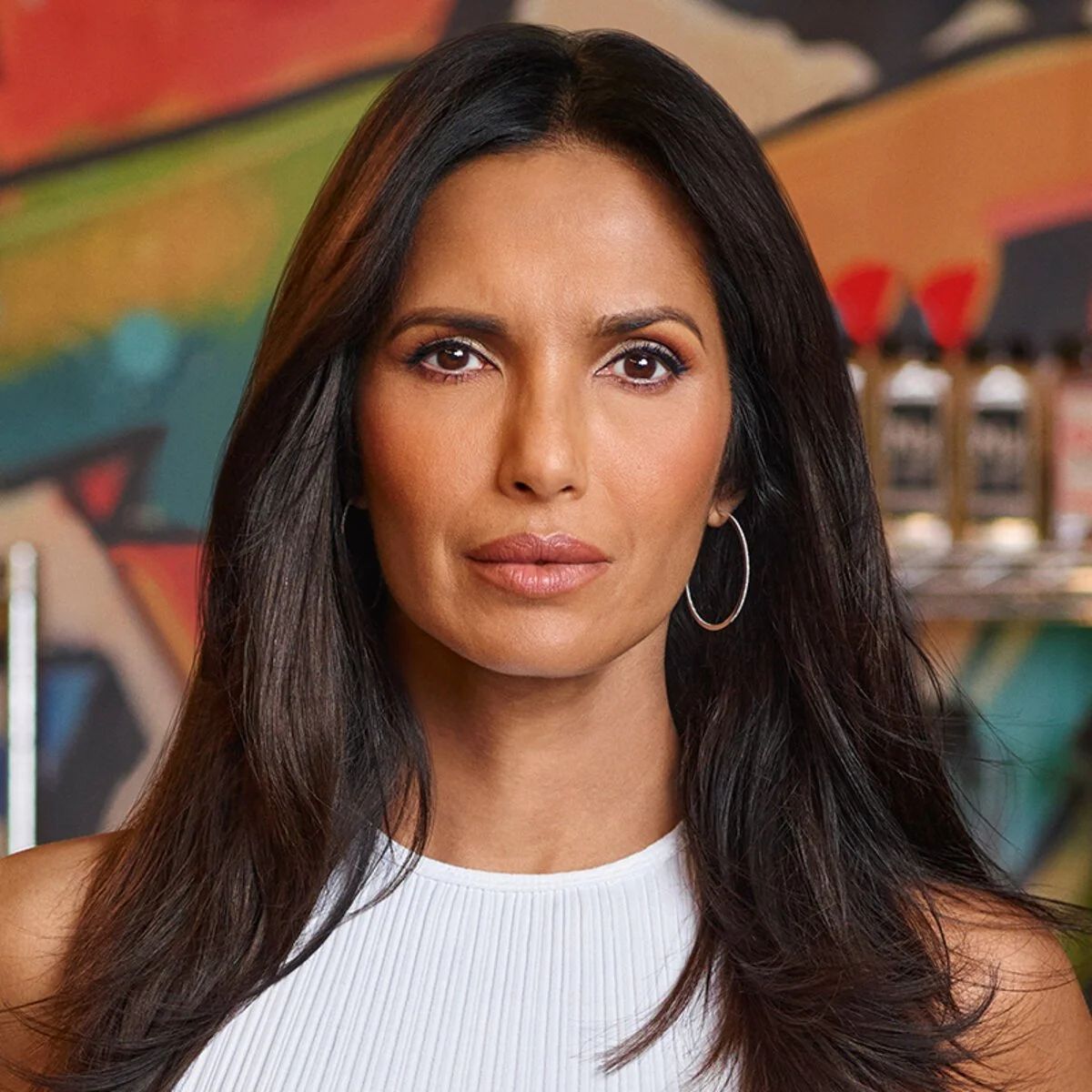Indians face continuing high unemployment and rising food prices
Unemployed Indians waiting in line to register at an employment agency
May 6, 2022
During the 2014 national parliamentary election campaign, Narendra Modi said, if elected, his Bharatiya Janata Party (BJP) government would create hundreds of millions of new jobs, making India’s labor force “the pillar of our growth.”
In 2016, Prime Minister Modi’s government stopped issuing data on employment statistics tabulated by the Labour Ministry. In 2019, a survey by a government agency reportedly estimated the unemployment figure in India for 2017-18, three years after Modi assumed power, was 6.1 percent — a 45-year high. The government did not release the survey’s results, leading two members of the agency, who were not government officials, to resign. Since then, there has been no unemployment survey data released by the government.
Last month, according to estimates by the Center For Monitoring Indian Economy (CMIE), urban unemployment in India climbed higher - it is more than 9% - while rural unemployment is around 7%. Founded in 1976, Mumbai-based CMIE is a privately owned company.
Unemployment in some of the northern Hindi-speaking states is worse: in Bihar it is 21%, Rajasthan 29% and Haryana 35%. During the 2014 and 2019 national elections, Modi’s BJP was elected to power due to winning seats in the key northern states of Bihar and Rajasthan - as well as Uttar Pradesh (U.P.).
In September last year, Modi’s government was reported to be working on a revamped quarterly unemployment survey with wider coverage, starting with the April to June 2021 quarter. “The idea is to have an official employment number to counter some of the private data” on unemployment and job losses, a senior government official told The Economic Times. The data from the survey is yet to be released.
Indians are also facing rising inflation. Last month, food prices rose by more than 8%, double the rate of increase from a year ago, according to official figures; unofficial estimates place the food price inflation at a far higher number.
The effect of rising inflation cannot be understated, as David Malpass, president of the World Bank Group, noted. “For every one percentage point increase in food prices, 10 million people are expected to fall into extreme poverty. The rich can suddenly afford expensive staples, but the poor cannot. Malnutrition is expected to grow and its effect will be hardest to reverse in children.”
This week, there was another example of a gap between data from the Indian government compared to that from other credible sources. The World Health Organization (WHO) released a report showing that, during 2020 and 2021, 4.7 million Indians died from COVID-19. This is roughly ten times higher than the number of COVID-related deaths, reported by the government of India. Indian health ministry officials had objected to the release of the WHO results on grounds that the data and methodology were flawed.
The WHO group, which conducted the research, was co-chaired by Debbie Bradshaw, Chief Specialist Scientist, South African Medical Research Council, Kevin McCormack, Head of Division for Sustainable Development Goals Indicators, Irish Central Statistics Office, and Oleg Chestnov, Fellow, Federal Research Institute for Health Organization, Ministry of Health of the Russian Federation.
During his 2014 and 2019 national election campaigns, Modi also promised to build a Hindu temple on the site of a 15th century mosque in U.P., which was demolished by Hindu extremists in 1992. In 2020, Modi launched the construction of the temple, which is expected to open to the public in December 2023.
For weekly stories follow on: LINKEDIN or TWITTER or FACEBOOK







